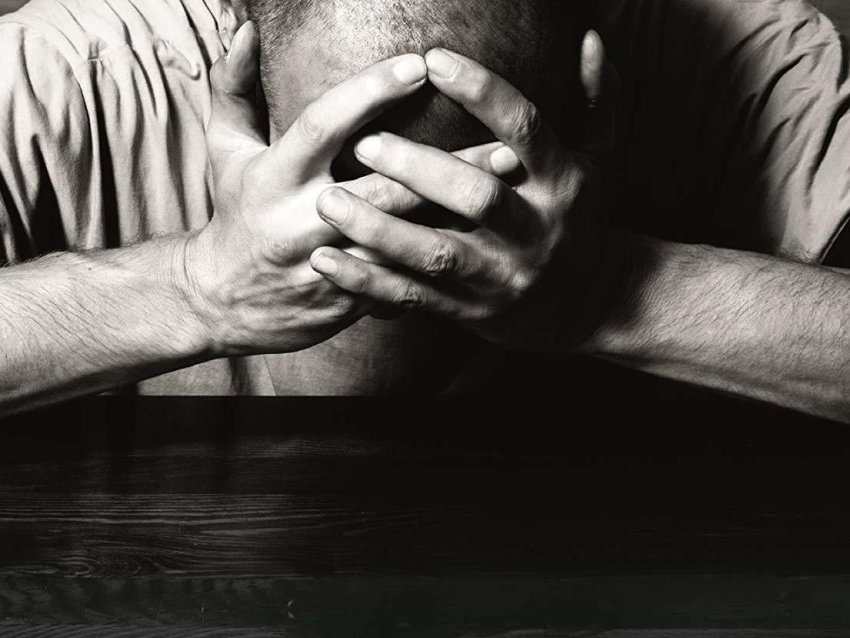
Deaths of Despair
By Anne Case and Angus Deaton
Princeton University Press, 2020, 288 pp., $29.99
While I was reading this book, the first United States presidential candidates’ debate took place. Democratic candidate Joe Biden goaded Republican President Donald Trump for not having a health policy.
Trump said his plan was simple: “cheaper drugs”. Mindful of what Deaths of Despair was explaining, I knew exactly what he was promising his base: cheaper opioid addiction.
Overall life expectancy has been decreasing in the US for years. The US has always had two drastically different life expectancies, that between Black and white citizens. However, life expectancy among Blacks has been gradually improving while the nationwide statistic has worsened.
Case and Deaton identify the source of the demographic change in the 45 to 54-year-old, white non-Hispanic population who do not hold a tertiary education degree. Their life expectancy and overall heath outcomes have been worsening for decades.
What is shortening their lives? Suicide, alcoholism and drug overdoses, particularly from legally prescribed opioid drugs. Deaths from these three causes among that population sector rose from 30 per 100,000 in 1990 to 92 per 100,000 in 2017.
In every US state, suicide mortality rates for whites aged 45–54 and lacking university education rose between 1999–2000 and 2016–2017. In all but two states, mortality rates from alcoholic liver disease rose and in every state drug overdose deaths among the same cohort did likewise.
These are the authors’ “deaths of despair” and it is centred in the sector of the white working class that was left behind by the economic changes wrought by neoliberalism. This was the population sector that believed it had a stake in maintaining the Jim Crow oppression of Blacks because they achieved high wages and economic security.
However, as white, working-class people were becoming impoverished, they did not automatically turn into suicidal drug addicts. That was achieved by the marketing magic of the big US pharmaceutical companies.
Beginning in the 1990s, big drug companies campaigned for the mass distribution of addictive opioid pain killers, like oxycodone and fentanyl.
The effectiveness of opioid drugs is measured in terms of morphine milligram equivalents (MME). Heroin has an MME of 3, meaning it is 300% more powerful than morphine. Fentanyl has an MME of 100, making it one of the most addictive substances ever produced.
The authors do not mention it, but other researchers have shown a direct correlation between the US counties with the highest opioid prescription figures and support for Trump.
Case and Deaton are sociologists and hope that a gentle reform of capitalism will solve the problem.
To put it mildly, given the bleakness of their social diagnosis, patching up US capitalism is not an option. Far more radical surgery is needed.